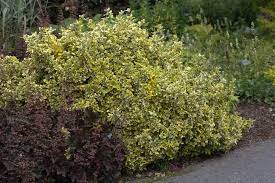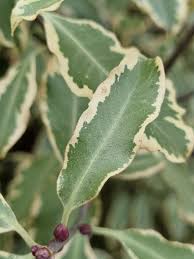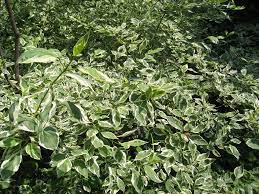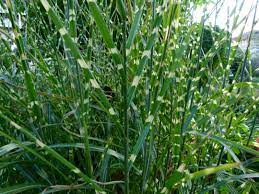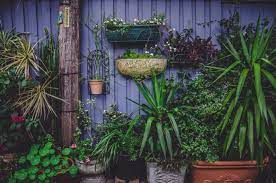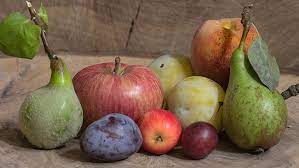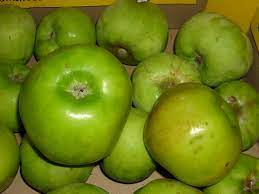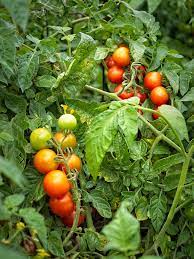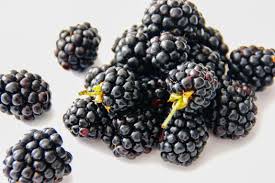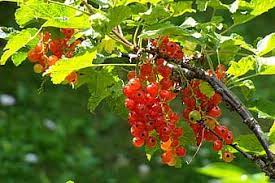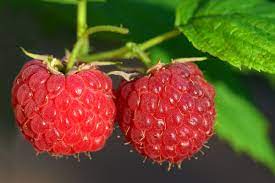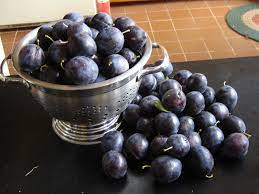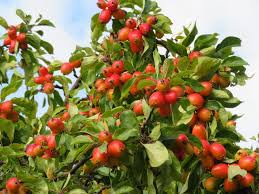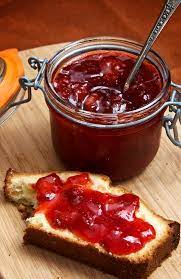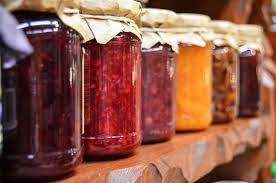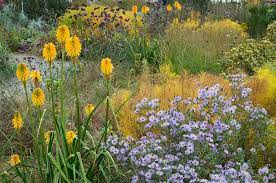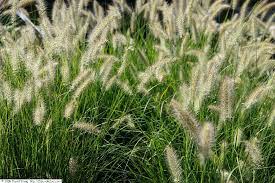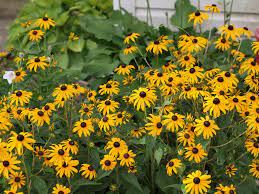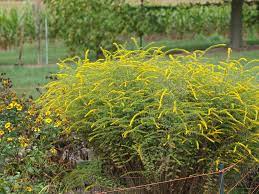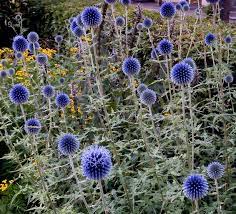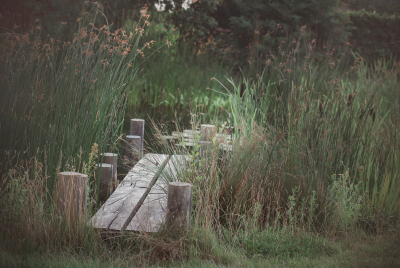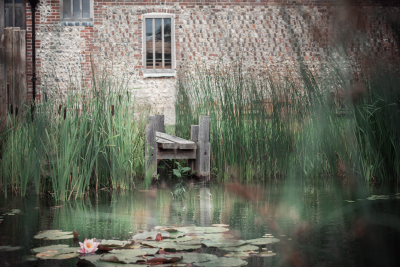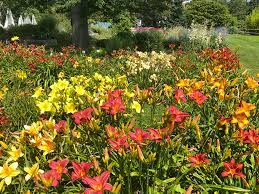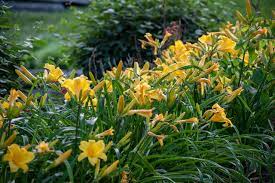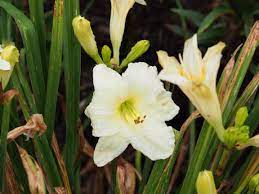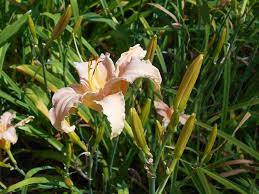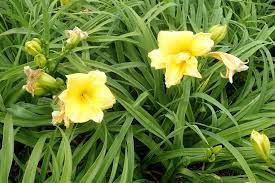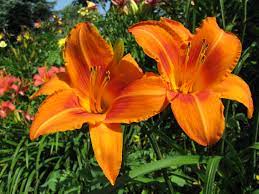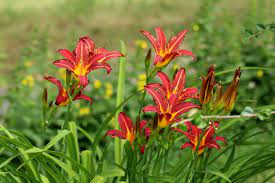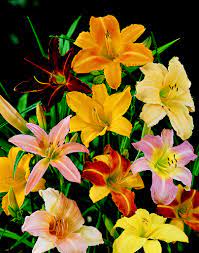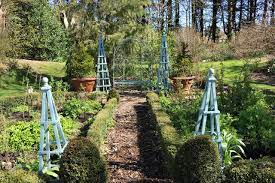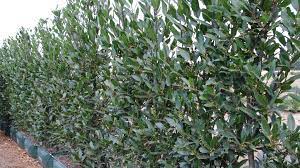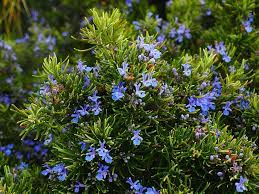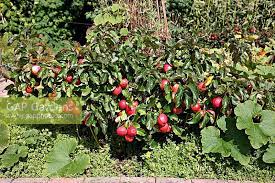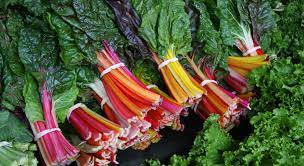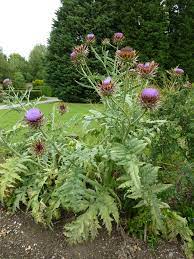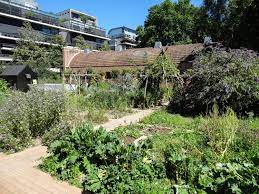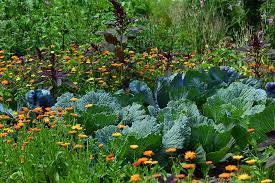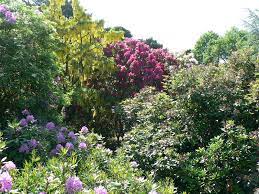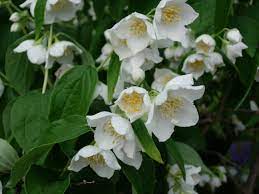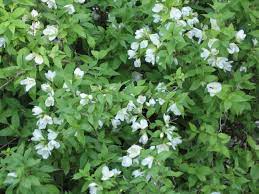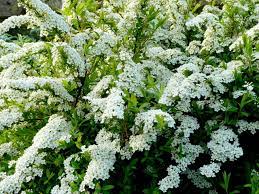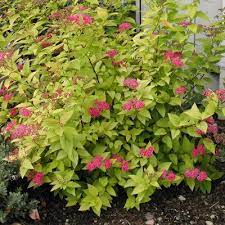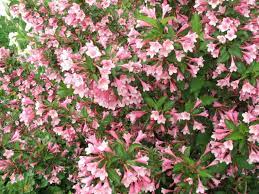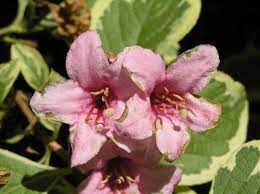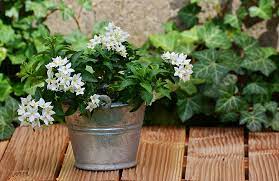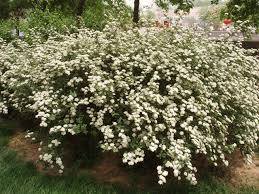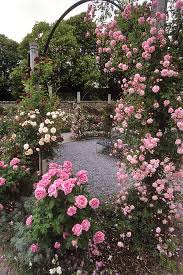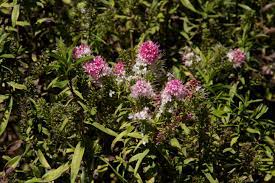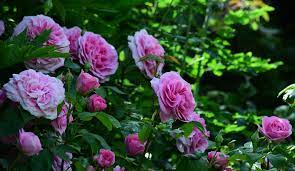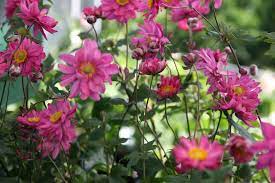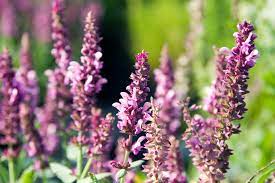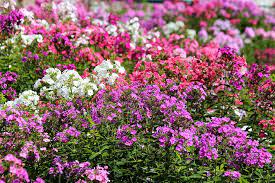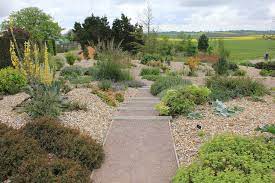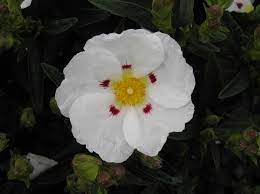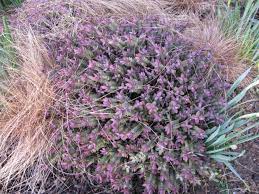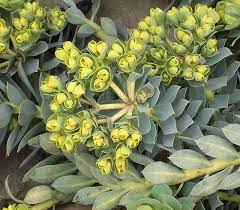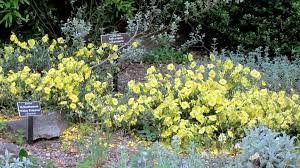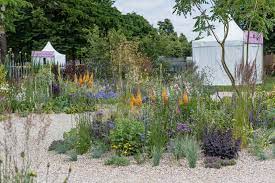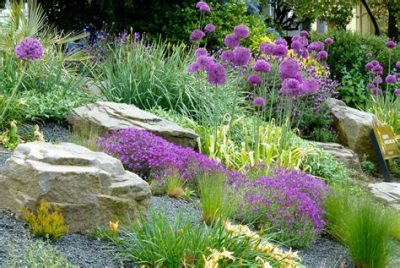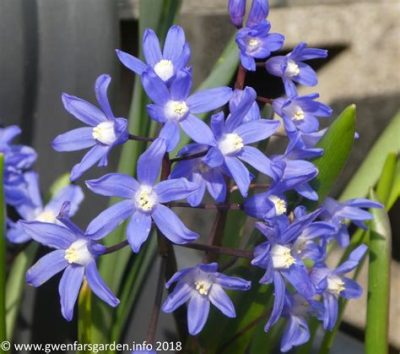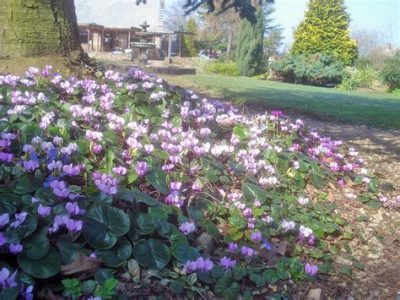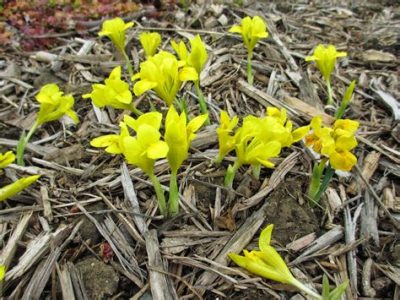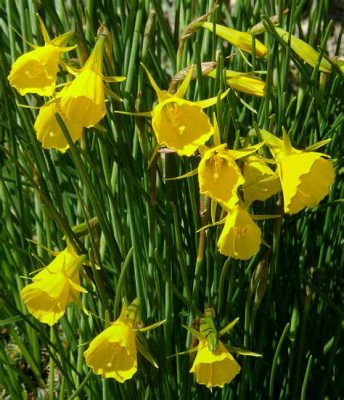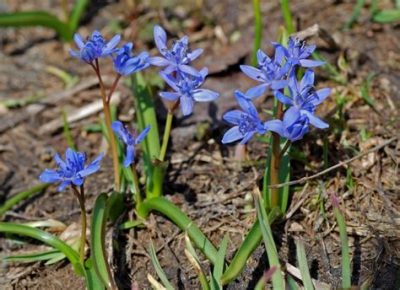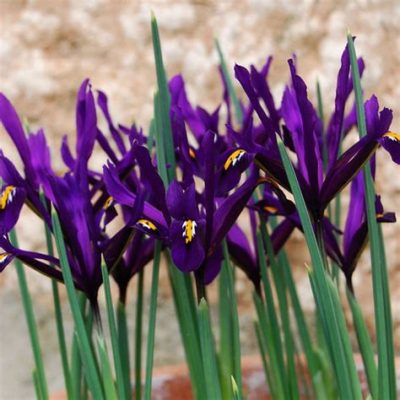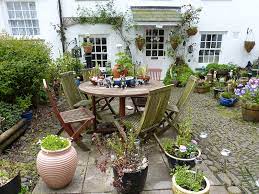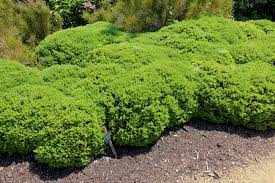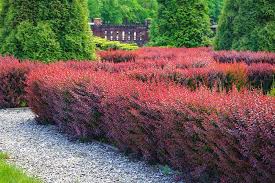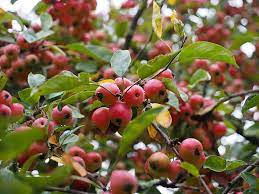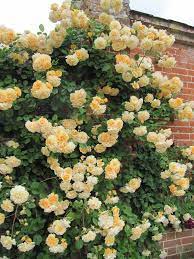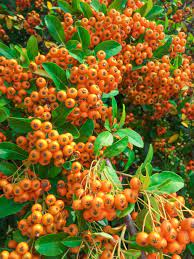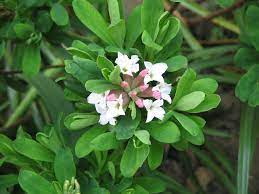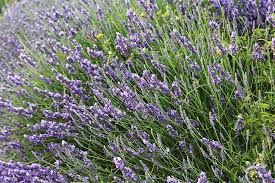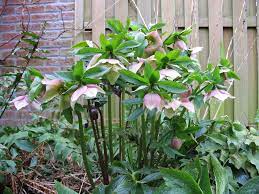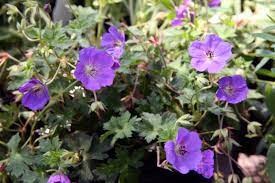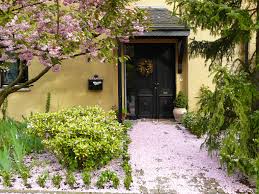
A bunch of scented roses
Scent, is one of the great pleasures of the garden, whether, you turn a corner on a damp winters day and a get a waft from a scented shrub or plant your nose deep in a rose. Or sit on a summer evening and scent fills the air. It is something we all enjoy.
Winter: It may be hard to imagine, but there are many scented flowering shrubs in the winter, just the thing to cheer up the walk from the garage to the back door on a gloomy winters day.
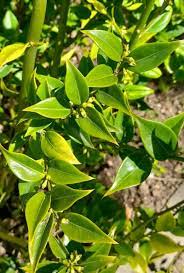
Winter. Sarcococca ruscifolia
Sarcococca ruscifolia: A dwarf slow growing form, with upright habit and dense evergreen shiny foliage. Highly scented clusters of small almost insignificant flowers, that pack a very big scented punch in January to February, followed by small glossy red berries. Sun to quite dense shade. Good humus rich soil.

Winter Lonicera x purpusii ‘Winter Beauty’
Lonicera x purpusii ‘Fragrans’: A medium sized shrub with a shabby mound forming habit. Highly scented creamy yellow flowers are produced on the bare stems in mid-winter. Full sun and a little shade. Most soils.

Spring. Daphne odora ‘Aureomarginata’
Daphne odora ‘Aureomarginata’: A small evergreen shrub with a dense mound forming habit, emerald green leaves with a narrow cream band around the edge. Clusters of blush pink waxy flowers with a powerful scent from April to early May. It is one of the few Daphne’s that will cope with some chalk. But it prefers a good soil. Sun to semi-shade.
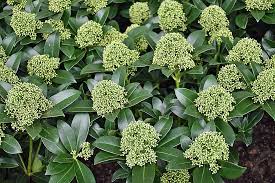
Spring. Skimma japonica ‘Fragrans’
Skimmer japonica ‘Fragrans’: It is the male form of this shrub, that you need. A small compacted mound forming evergreen shrub. Covered in clusters of creamy white highly scented flowers April to May. Sun to semi-shade, humus rich soils, neutral to slightly acidic.
Summer: spoilt for choice from Lavender to roses and beyond, the garden is bathed in perfume in this season.
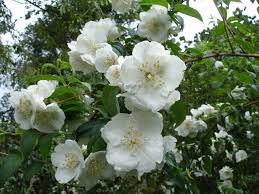
Summer Philadelphus Beauclerk
Philadelphus ‘Beauclerk’: This has one of the most pungent scents of all of the ‘Mock Oranges’, it can waft over the garden on a mid summer evening. A medium sized upright shrub, mid green foliage. A mass of single white flowers with a deep maroon central splash and a very heady scent. Full sun, most soils. A must!
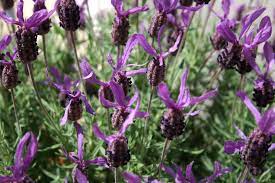
Summer. Lavandula stoechas
Lavender stoechas: This can be a tender variety and may need protecting in harder winters, so possible plant in a pot that can be moved into a frost free spot over the winter months. But is is well worth the effort for its strongly aromatic feathered foliage which almost smells of eucalyptus as well as lavender. With small ‘eared’ purple flower borne in mid summer. A sunny spot on free draining soil, plant somewhere your hands will naturally brush against it.
Autumn: Scent is getting a little thinner on the ground in this season but there are still a few scented shrubs to delight your smell respecters.
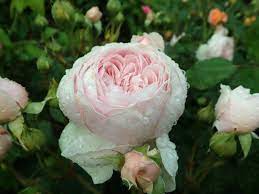
Autumn Rosa ‘Geoff Hamilton’
Rosa ‘Geoff Hamilton’: Roses have a very long flowering season particularly in the South East of England. This delightful, disease resident rose, flowers right up to the first hard frosts. With delicate soft pink flowers and a strong heady scent. Full sun and a rich soil.
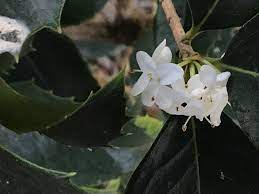
Autumn Osmanthus armatus
Osmanthus armatus: A large dense evergreen shrub with upright habit to 2m and above. Dark green spiny holly like leaves. With clusters of scented white flowers in the autumn. Sun or dappled shade. humus rich moist soil. Full sun to dappled shade.
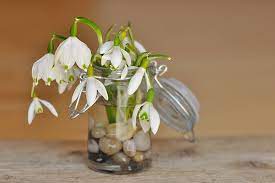
Winter flowers- Snowdrops
I hope I have inspired you to think about scent when planning your garden and at all times of the year. If you would like help designing a planting scheme or even a whole garden. Then I know the woman to help you, just give me Emily a ring 01273 470753 to discuss your garden project.
Go on Get Heady with the Scent!

